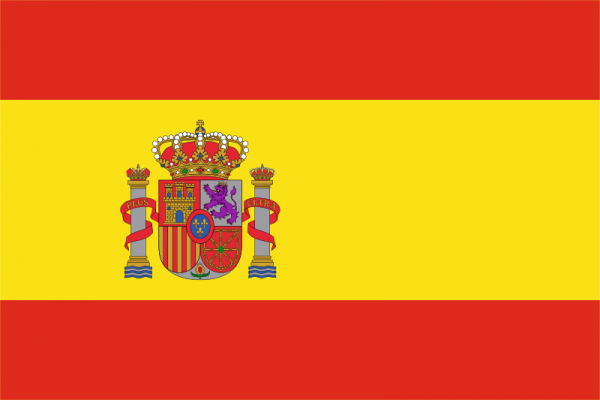
Manuel Garcia Arevalo, an outstanding Dominican businessman and self-taught anthropologist and archaeologist, writes in Diario Libre on Dominican migration to Spain.
He says that recent data reveals that around 200,000 Dominicans live in Spain. Most Dominicans in Spain work in the service industries – the hospitality industry (bars and restaurants, hotels) and domestic service. Others are employed in construction, mechanical workshops, or handle heavy machinery. Thousands work in beauty salons. In the domestic service, women work doing household chores, and caring for children and seniors.
These persons are paid in Spain many times more than they would make carrying out these jobs in their homes. The Dominican migrants then live frugally and send home remittances that are enough to build their retirement homes and contribute to the well-being of their families and general poverty reduction.
Thousands of Dominicans have become professionals and are outstanding in medicine, law, and as university professors, for example. Garcia Arevalo mentions Dominican ophthalmologist Dante Heredia at the Clinica Barraquer in Barcelona, Dr. Luis Abreu (chief of gastroenterology at the Clinica Puerta de Hierro in Madrid as examples of Dominican professionals in his article in Diario Libre.
He writes that 18,000 Dominicans have graduated from Spanish universities thanks to the university scholarship programs coordinated by the Ministry of Superior Education. (MESCYT).
He says that a recent study carried out by Dominican ambassador Juan Bolivar Diaz, co-authored by the ambassador’s wife, economist Ada Wiscovitch, reveals that at the end of the 20th century, Dominican migration to Spain was 80% women. Nevertheless, family reunification plans have reduced the gender gap to 60% women.
The same report reveals that two-thirds of migrants will carry out the paperwork and receive their Spanish citizenship, enabling them to seek better jobs, living conditions, and progress in their new country.
García Arévalo writes that two recent Spanish laws have increased the number of Dominicans who are now dual citizens. The Ley de Memoria Historia passed in 2007 was taken advantage of by 5,200 persons to become Spaniards through their grandparents. And so far, the Ley de Memoria Democratica (Ley de Nietos) has resulted in 3,000 requests at the Spanish Consulate in Santo Domingo. There are expectations that at the end, 6,000 Dominicans will become dual Spanish and Dominican citizens.
García Arévalo mentions thousands of Spaniards migrated to the Dominican Republic, fleeing civil war and other situations in Spain, with around 15,000 arrivals at the turn of the last century.
Read more in Spanish:
Diario Libre
23 November 2023

